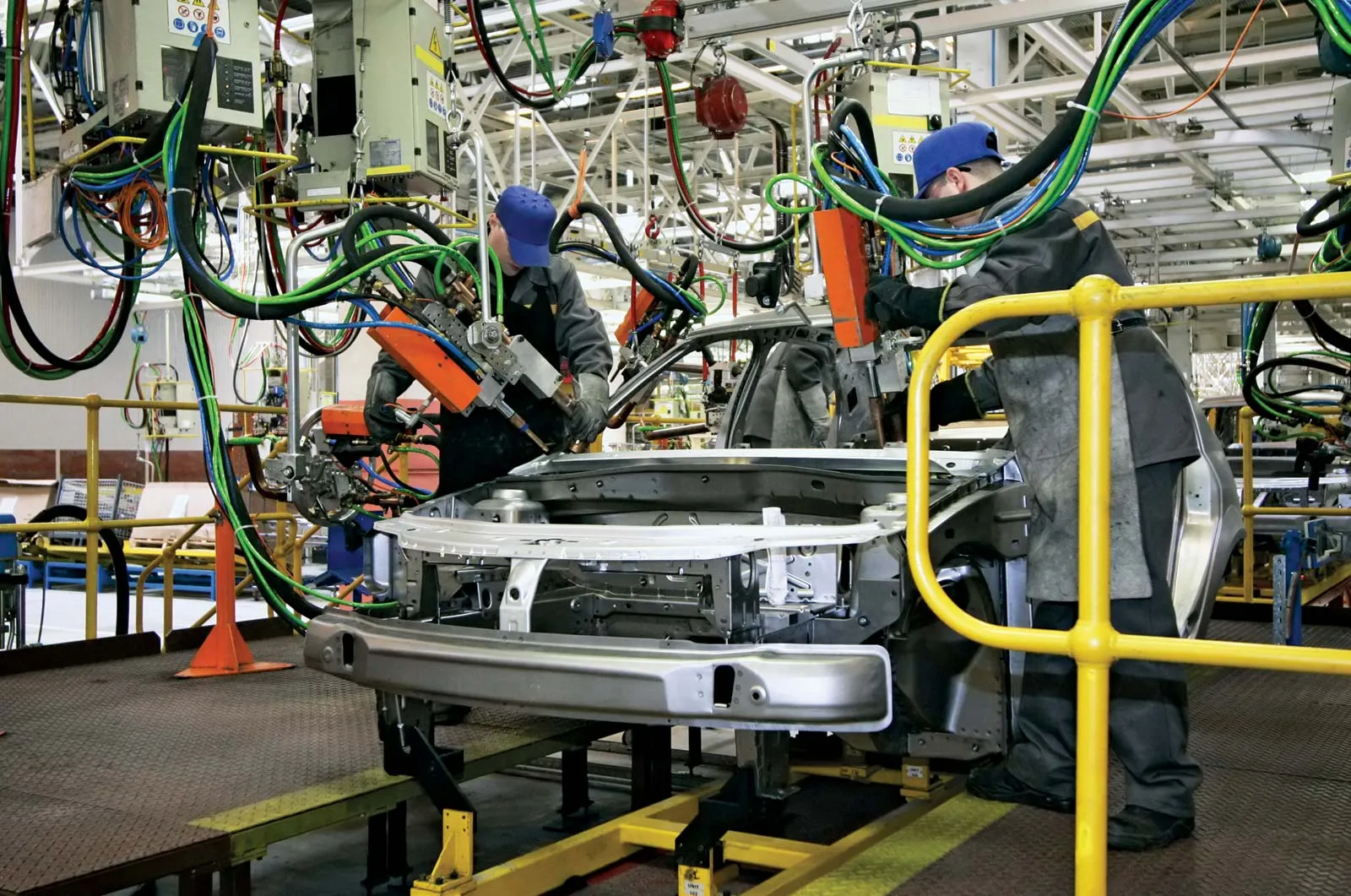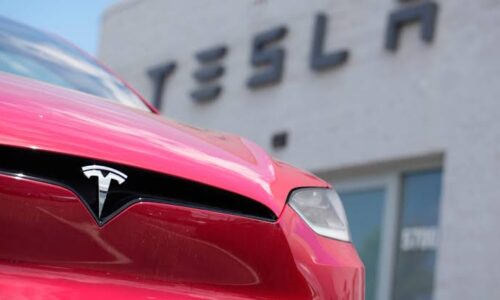- Judith Akatugba
- 0 Comments
- 797 Views
The automotive sector is changing course. Technology advancements, shifting customer preferences, and global disruption are all simultaneously affecting the car industry on a number of fronts.
Designing, building, marketing, maintaining, and financing automobiles is still the standard business strategy.
Read Also: How to Buy a Property in Lagos-Nigeria
However, the automotive sector is also heading toward a completely new world that includes electric automobiles, connected cars, mobility fleet sharing, onboard sensors, new business models, and always-on connectivity. This shift is being pushed by sustainability and shifting customer behavior.
Learning From Continuous Disruption
The car industry was severely impacted by the initial pandemic lockdowns, when individuals stayed at home and drove less, manufacturers and dealers temporarily stopped, and worldwide supply networks came to a complete stop.
Industry specialists assert that the pandemic has expedited the advancement of digitization in the automotive business, notwithstanding the initial deceleration.
The car industry has experienced disruptions before, and this one is not the first. Some think that the preceding economic downturn taught the industry—and car suppliers in particular—a lot of lessons.
The economic slump of 2008–2009 taught suppliers to the automobile industry valuable lessons that made them more resilient, more prepared, and able to recover.
The production of automobiles is currently being impacted by the lack of semiconductor chips that automakers are dealing with.
All things considered, the automotive industry’s fundamental economic and technology trends have been greatly accelerated by the ongoing interruptions to operations and supply chains.
Disrupt or be Disrupted
The majority of the underlying changes in the car industry are being driven by the availability and use of modern technology solutions.
Advanced technology solutions are leveraged by connected cars, sensors, electrification, and new business models such as mobility-as-a-service. According to industry analysts, the automobile sector should concentrate on that coming forward.
The sector as a whole, from automakers to suppliers, faces the issue of maintaining the profitability of current operations while also increasing capacity to handle these new advances.
Businesses need to strike the correct balance between leading the charge to upend their own business models and maintaining a steady and profitable operation.
An Innovative Mindset is Key
While many automakers and suppliers have used lessons from the past to help them weather recent disruptions and improve the efficiency of their current operations, some prominent figures in the industry believe that creativity and adaptability will be essential in addressing the particular difficulties that the automotive industry will face going forward.
Joachim Skarpil, Head of Automotive Suppliers at Capgemini, clarified in a recent webinar that “software components will achieve the future innovations, and each automotive supplier needs to find its own individual answers.” Thus, it is necessary to produce new products, or products with new services and new business models. Future automotive suppliers will need to respond even faster and with greater flexibility.
The Future of Mobility
What form will real-world mobility take in the future? In this field, cooperation and creativity are so abundant that e-mobility ideas are already in motion.
Here are few instances:
1. Cars that are self-aware and provide a connected platform for new business models.
2. Vehicles with hundreds of Internet-connected engine control units (ECUs) and sensors, providing data and insights.
3. The capability to bundle vehicle sales with new subscription-based offerings for parking, electric vehicle (EV) charging, rideshare, and car share services.
4. Algorithm-based insurance based on data from connected cars.
5. Fleet services, which are already at an all-time high, will continue to grow and expand to include charge point operations, as more fleets become electrified.
Strategies for Success
Automobile firms are balancing the necessity to maintain a profitable business with the need to offer revolutionary ideas and business models by focusing on five strategic priorities:
1. Customer centricity: Throughout the pandemic, many car dealers and manufacturers discovered new ways to interact directly with customers, and they plan to expand this connection to the customer.
2. Mobility services: Customer loyalty will gradually move from brand and dealerships to integrated and convenience-driven services and associated mobility options. New business models of pay-per-use and subscription-based mobility will be the way forward.
3. Connected cars: Companies must design and manufacture vehicles to meet the changing mobility landscape by becoming even more intelligent and connected.
4. Digital supply chain and smart manufacturing: Supply chains and manufacturing networks must become more resilient, completely modular, and flexible. How you interact with your suppliers will be crucial to success in the future.
5. Engaging with a changing workforce: The skills that automotive companies need are significantly changing, so companies must change the way they attract, retain, reskill, and retire workers. The classical skillsets of automotive companies, which were heavily engineering driven, is changing and will require software skills across the whole automotive value chain.
Changing Customer Demands
In order to respond swiftly to shifting consumer needs and market opportunities, automotive businesses must innovate and develop solutions.
Innovation needs to be ingrained in every area and discipline in the digital age in order for the entire company to produce changes that increase the top, bottom, and green lines.











